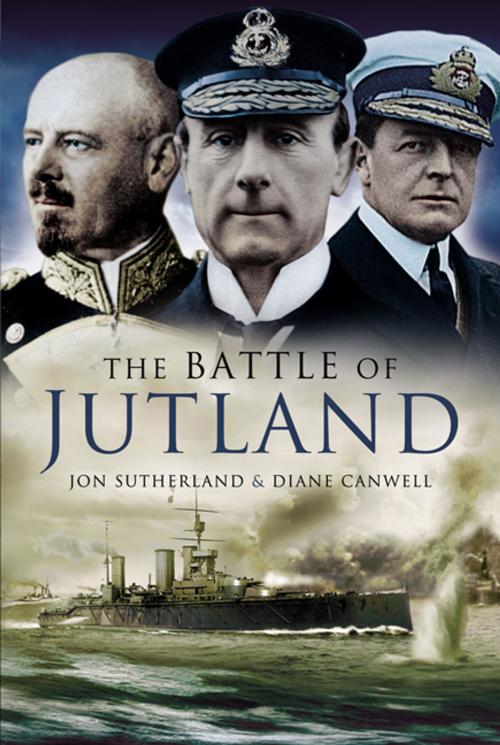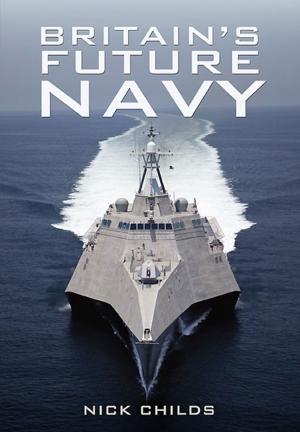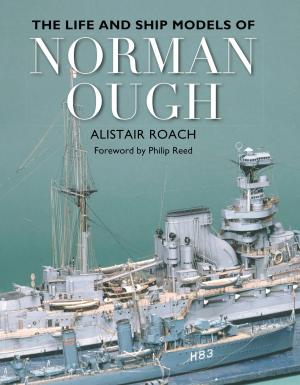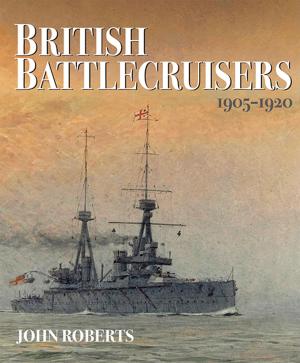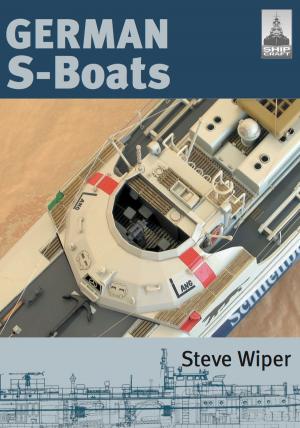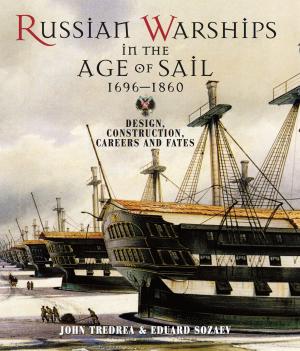| Author: | Canwell, Diane, Sutherland, Jon | ISBN: | 9781781596333 |
| Publisher: | Pen and Sword | Publication: | April 19, 2007 |
| Imprint: | Pen and Sword | Language: | English |
| Author: | Canwell, Diane, Sutherland, Jon |
| ISBN: | 9781781596333 |
| Publisher: | Pen and Sword |
| Publication: | April 19, 2007 |
| Imprint: | Pen and Sword |
| Language: | English |
The Battle of Jutland was the greatest naval engagement of the First World War, if not any war. Admiral Scheer had adopted a policy of launching attacks against the British coast. What he did not know was that the British had broken his naval codes and that they knew of his plans. Consequently, when Scheer threw his entire fleet in a mission to attack the British mainland in May 1916, he could not know that the Royal Navy at Scapa Flow were underway. The first encounter took place between Beatty's battle cruisers and the German battle cruisers, led by Admiral Hipper, on 31 May. The outcome was inevitable and the weaker German vessels were forced to flee south to the protection of the main fleet. Next, Beatty had to retreat in the face of determined opposition from the German dreadnoughts, who were unaware that the main British fleet under Admiral Jellicoe was about to his them. Suddenly, instead of being the pursuers, the Germans became the pursued, coming under heavy bombardment from Jellicoe's main fleet. Scheer decided not to fall back to the south, but to try to turn and pass Jellicoe and escape into the Baltic Sea. Jellicoe, however, had ordered his ships to slow and the Germans crossed directly in front of the British fleet. In just 10 minutes the British hit the German ships 27 times and Scheer was forced to pull back. The final phase fought at night saw the Germans in full retreat, protected by lighter ships and torpedo boats. Jellicoe failed to ensnare Scheer and the bulk of the German fleet escaped battered, but intact. The British lost 3 battle cruisers, 4 armoured cruisers and 8 destroyers. The German losses were lighter: just 1 battle cruiser, 1 pre-dreadnought, 4 light cruisers and 5 destroyers. However many of their heavier ships had suffered terrible damage. It was the last time that the two great fleets would face one another in such huge numbers. The Germans now knew that despite their great fleet, it was the Royal Navy that controlled the North Sea.
The Battle of Jutland was the greatest naval engagement of the First World War, if not any war. Admiral Scheer had adopted a policy of launching attacks against the British coast. What he did not know was that the British had broken his naval codes and that they knew of his plans. Consequently, when Scheer threw his entire fleet in a mission to attack the British mainland in May 1916, he could not know that the Royal Navy at Scapa Flow were underway. The first encounter took place between Beatty's battle cruisers and the German battle cruisers, led by Admiral Hipper, on 31 May. The outcome was inevitable and the weaker German vessels were forced to flee south to the protection of the main fleet. Next, Beatty had to retreat in the face of determined opposition from the German dreadnoughts, who were unaware that the main British fleet under Admiral Jellicoe was about to his them. Suddenly, instead of being the pursuers, the Germans became the pursued, coming under heavy bombardment from Jellicoe's main fleet. Scheer decided not to fall back to the south, but to try to turn and pass Jellicoe and escape into the Baltic Sea. Jellicoe, however, had ordered his ships to slow and the Germans crossed directly in front of the British fleet. In just 10 minutes the British hit the German ships 27 times and Scheer was forced to pull back. The final phase fought at night saw the Germans in full retreat, protected by lighter ships and torpedo boats. Jellicoe failed to ensnare Scheer and the bulk of the German fleet escaped battered, but intact. The British lost 3 battle cruisers, 4 armoured cruisers and 8 destroyers. The German losses were lighter: just 1 battle cruiser, 1 pre-dreadnought, 4 light cruisers and 5 destroyers. However many of their heavier ships had suffered terrible damage. It was the last time that the two great fleets would face one another in such huge numbers. The Germans now knew that despite their great fleet, it was the Royal Navy that controlled the North Sea.
